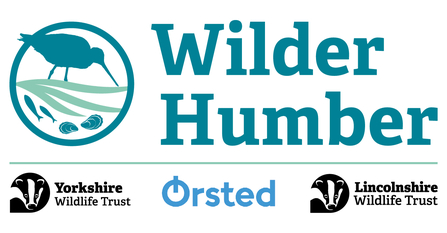Oyster work for Wilder Humber
Having previously helped with seagrass seed collection at Spurn NNR, I was excited to have the opportunity to return and assist with native oyster restoration work. These projects are ongoing as part of a five-year seascape restoration project, delivered through a partnership between Yorkshire Wildlife Trust, Lincolnshire Wildlife Trust and Ørsted. The overarching partnership programme is named ‘Wilder Humber’, and it aims to restore a combination of seagrass, saltmarsh, sand dune and native oyster habitats within the Humber estuary.





